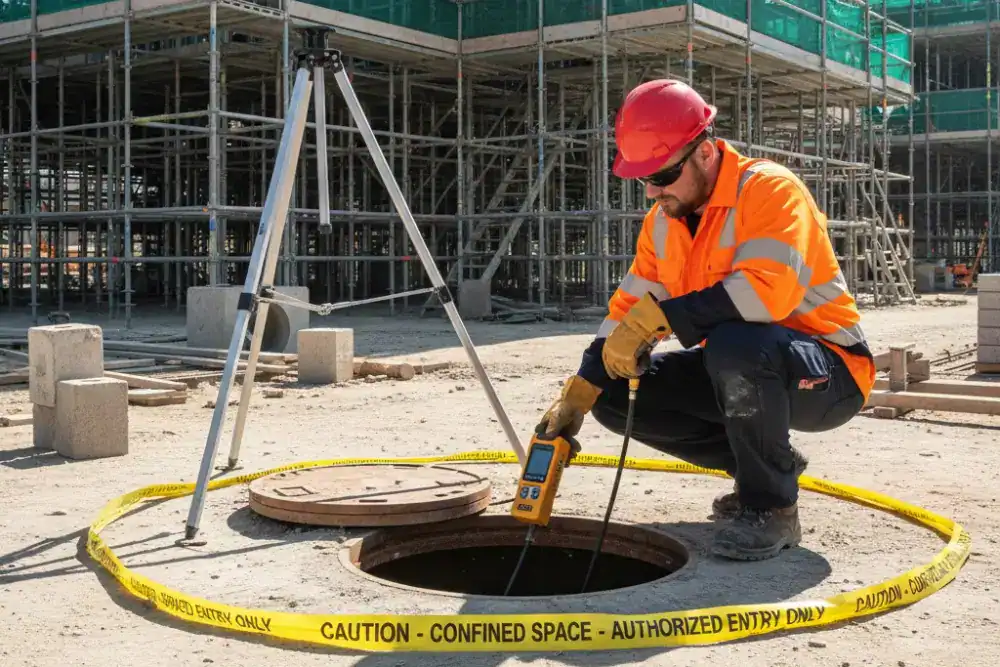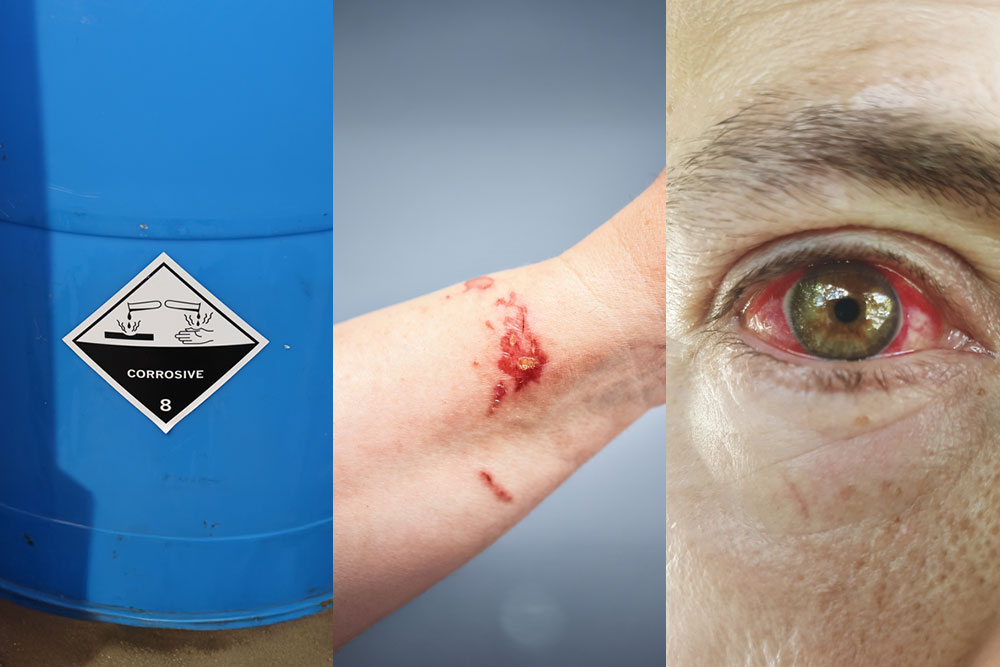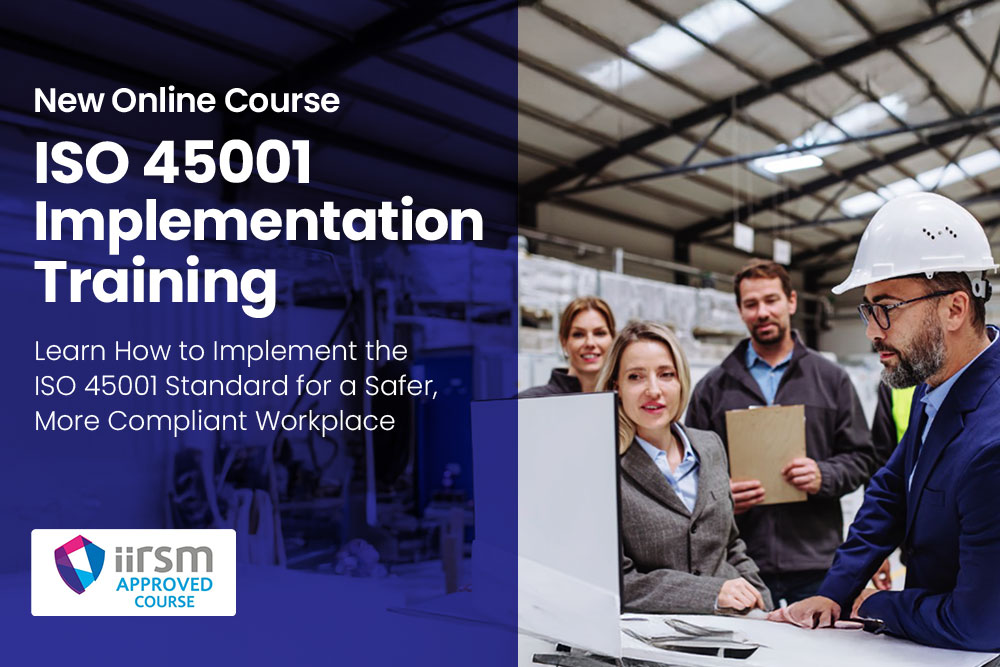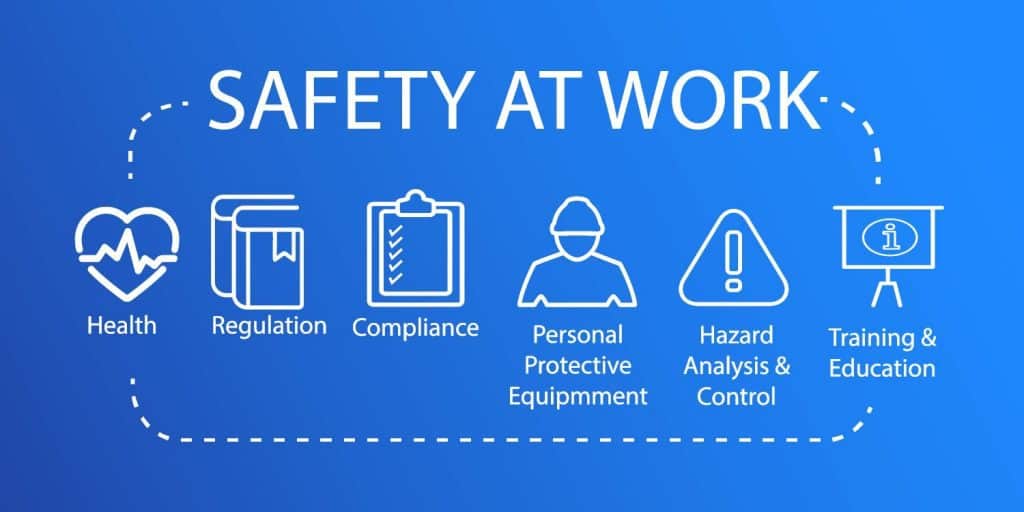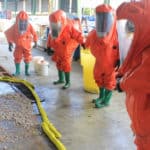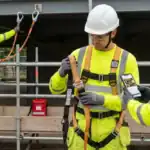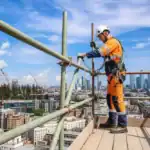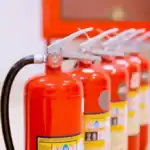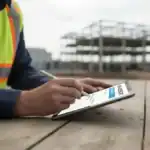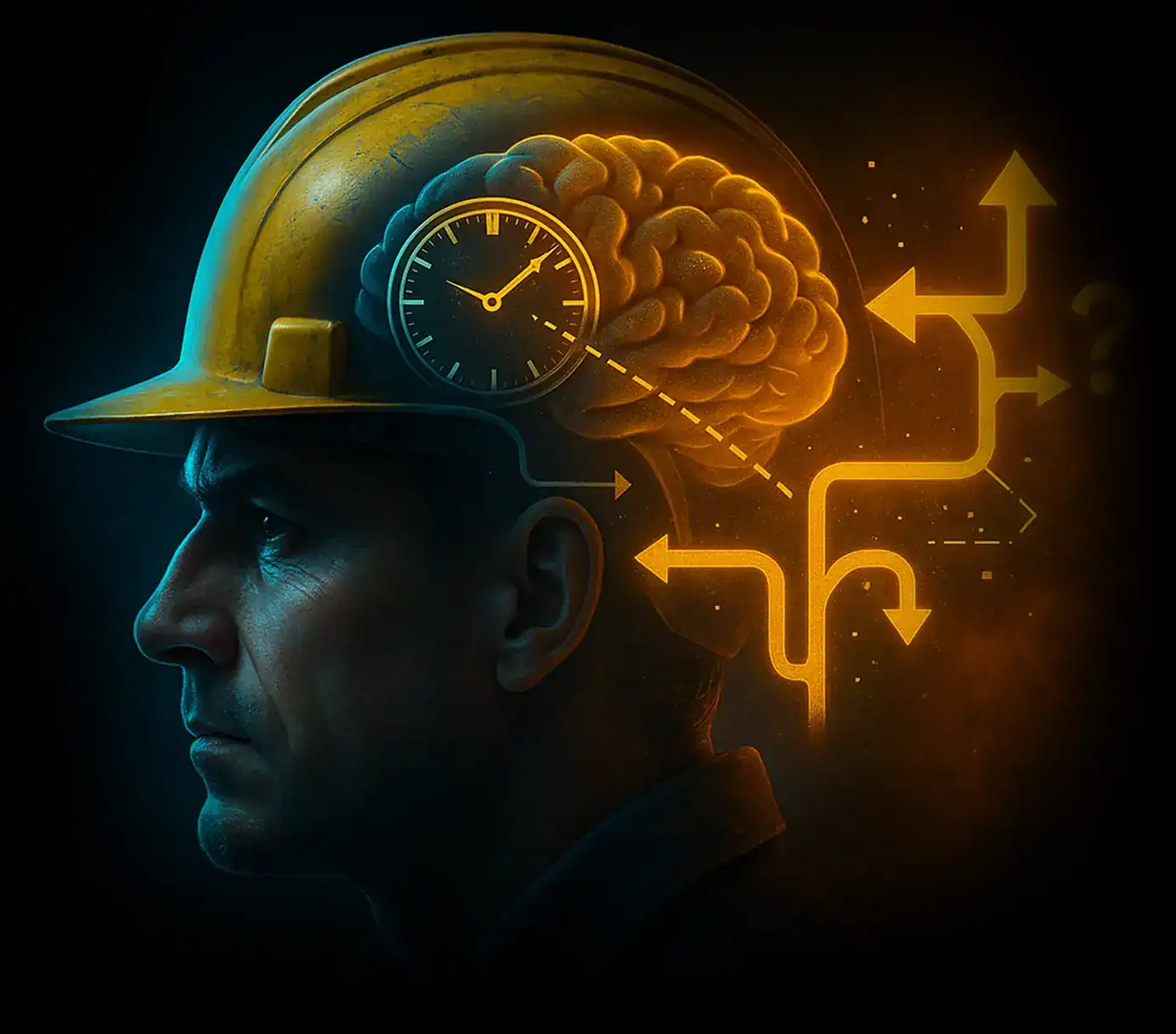
Any unplanned event at work must be investigated. Without identifying the true causes, there’s no way to prevent it from happening again.
But too many accident investigations stop at the worker who made the mistake, rather than examining the underlying conditions that allowed the mistake to happen. This is the link between poor investigations and repeat incidents.
This blog explains the link between poor investigations and repeat incidents and how you can ensure your investigations find and fix the root problem.
Key Takeaways: The Link Between Poor Investigations and Repeat Incidents
- Poor investigations miss the root causes behind incidents, allowing risks to remain.
- Blaming workers often hides system failures that need fixing.
- Strong investigations identify and address structural problems to prevent incidents from repeating.
Understanding the Link Between Poor Investigations and Repeat Incidents
When an investigation overlooks the real cause of an incident, the same event is likely to happen again.
Investigations typically fail because people leading them don’t truly understand the objective. It’s not to identify who made the mistake; it’s to prevent that mistake from happening again. To do this, you need to uncover the root causes – the underlying conditions that allowed that mistake to happen.
Accident Investigation Training
Our accident investigation training guides users through a step-by-step process for investigating workplace accidents. It helps trainees gather facts, identify root causes, interpret findings and implement measures to prevent future incidents.
Common Issues That Lead to Poor Investigations
Poor investigations fail to address the root causes of incidents, leading to weak corrective actions. This section explains the link between poor investigations and repeat incidents, breaking down how specific mistakes in the process allow risks to persist and harm to recur.
1. Blaming Workers
Too many investigations stop with the worker at fault. The unplanned event is written off as human error or possibly misconduct. The individual may be reprimanded, perhaps along with a few team members, and the case is considered closed.
But human error is rarely the root cause. In most cases, workers’ mistakes are symptoms of wider systemic issues. The procedure may have been unclear or outdated. The employee might have been under unreasonable pressure or lacked proper support.
Focusing on individual faults can mask the real cause and prevent lasting improvement. It also damages trust. If workers believe they’ll be punished for speaking up, they’re less likely to report near misses or minor mistakes, depriving you of key insight that could help improve safety performance.
2. Rushing the Investigation
Some investigations are rushed to tick a box and reassure higher-ups that the issue has been resolved.
While a shallow investigation might satisfy short-term reporting requirements, it does nothing to prevent future incidents. Worse still, it creates a false sense of security while underlying risks go unaddressed. If you don’t interview all witnesses properly or examine the scene, you risk drawing the wrong conclusion.
3. Poor Root Cause Analysis
Poor investigations stop too early. They find a simple answer and move on. This leads to weak fixes that don’t solve the real problem. Determining the actual cause of an incident requires time and expertise. You have to ask “why?” again and again until you reach the root cause.
For example, when investigating a workplace slip, someone might simply say: “The worker slipped because of carelessness.”
A better investigation would continue asking “why?”. The full chain might look something like this:
- Why were they careless? Because the worker was rushed to finish the task.
- Why were they rushed? Because they were working alone.
- Why were they alone? Because no other staff had been scheduled to work.
- Why wasn’t anyone else scheduled? Because the manager had not checked the staff rota in advance.
So in this situation, telling workers to be more careful would do little to prevent future slips. Instead, the real solution would be improving the way staff are scheduled and confirmed ahead of time.
4. Failure to Involve Relevant Stakeholders
Some investigations only involve the supervisor or manager. They miss out on workers, maintenance staff, safety officers or others who know the job.
Without their input, important facts might get missed. Involving the right people provides the full picture and leads to more effective solutions.
For example, if a machine fails, a line manager may blame the operator. However, if maintenance staff were involved, they would point out that the machine had a known fault that had not been fixed because reports weren’t picked up.
5. Poor Documentation and Reporting
An investigation must be properly documented – not just for record-keeping, but to drive meaningful change and prevent future incidents.
Poor reports can omit key facts, don’t clearly identify the cause or fail to explain the corrective actions taken. When that happens, important lessons are lost. Other teams or departments can’t learn from the incident, and opportunities to improve wider safety practices are missed.
Good documentation does two essential things:
- It guides effective corrective action. A clear, well-structured report helps ensure that the root causes are addressed. It gives managers a roadmap for what needs to change and why.
- It demonstrates proactive safety management. In the event of future incidents (or scrutiny from regulators), you need to show that appropriate steps were taken to investigate and reduce risk. A strong report provides the evidence.
Also, accident records aren’t just best practice. If you have a business with ten or more employees, you must keep an accident book under the Social Security (Claims and Payments) Regulations 1979. It should capture who was involved, what happened, where and when it happened, injuries suffered and what was done about it.

What Happens When Incidents Repeat
More Injuries and Illness
When root causes aren’t addressed, workers face the same risks repeatedly.
Small incidents repeat and build up. A slip today may be a broken bone tomorrow. A minor burn may become a serious fire next time.
Long-term illnesses can also arise if exposure risks, like dust or chemicals, are not investigated and fixed properly.
Loss of Trust
When workers see that nothing changes after an incident, they may lose trust in the process and consider reporting incidents a waste of time. Eventually, they may even stop reporting, robbing you of vital insight into how your safety systems are performing.
Higher Costs
Poor investigations lead to repeated failures that cost money. Repeat incidents mean:
- More downtime: Work stops while incidents are resolved.
- More compensation claims: Multiple workers claim compensation for injuries.
- Higher insurance costs: Insurers charge more after repeated incidents.
- Fines and legal costs: Regulators fine businesses that fail to manage safety.
Laws and Guidelines on Incident Investigations
Employers must investigate accidents, near misses and dangerous occurrences, and certain incidents must be reported to the Health and Safety Executive.
Key legislation includes:
- Health and Safety at Work etc. Act 1974: Employers must ensure the health, safety and welfare of workers as far as is reasonable. In practice, employers must investigate incidents to prevent them from repeating.
- Management of Health and Safety at Work Regulations 1999: Employers must assess risks and review safety measures after accidents. Without meaningful incident investigations, risks could be missed, effectively breaching the law.
- Reporting of Injuries, Diseases and Dangerous Occurrences Regulations (RIDDOR) 2013: Serious incidents must be reported to the Health and Safety Executive. A proper investigation helps meet RIDDOR duties by showing what happened and how it will be prevented.
Investigation Guidance
The Health and Safety Executive has also published official guidelines for accident investigation: HSG245 – Investigating accidents and incidents: A workbook for employers, unions, safety representatives and safety professionals.
Some Quick Tips for Stronger Investigations
Keep these key points in mind to carry out effective incident investigations:
- Look beyond worker mistakes to find system failures
- Take enough time to gather full facts and evidence
- Ask “why” repeatedly to reach the real root cause
- Involve workers, supervisors and technical staff
- Focus on fixing hazards, not just warning about them
- Document findings clearly and fully for future learning
- Review past incidents to spot trends and hidden risks
Accident Investigation Training
Good investigations start with the right mindset and foundational knowledge. Without this, even basic errors can go unchallenged, and the same risks may resurface again and again.
Our online Accident Investigation Training course provides a structured introduction to the investigation process and root cause analysis. It is designed for anyone who may be involved in reporting or supporting workplace investigations, including supervisors, team leaders and health and safety personnel.
This short online course will help learners understand:
- The purpose of investigations and their role in prevention
- How to recognise immediate and underlying causes
- The basic principles of evidence gathering and analysis
It’s an ideal starting point for investigators looking to develop their skills and build a stronger safety culture. Enrol in the course today and understand how to conduct effective investigations that prevent repeat incidents.
